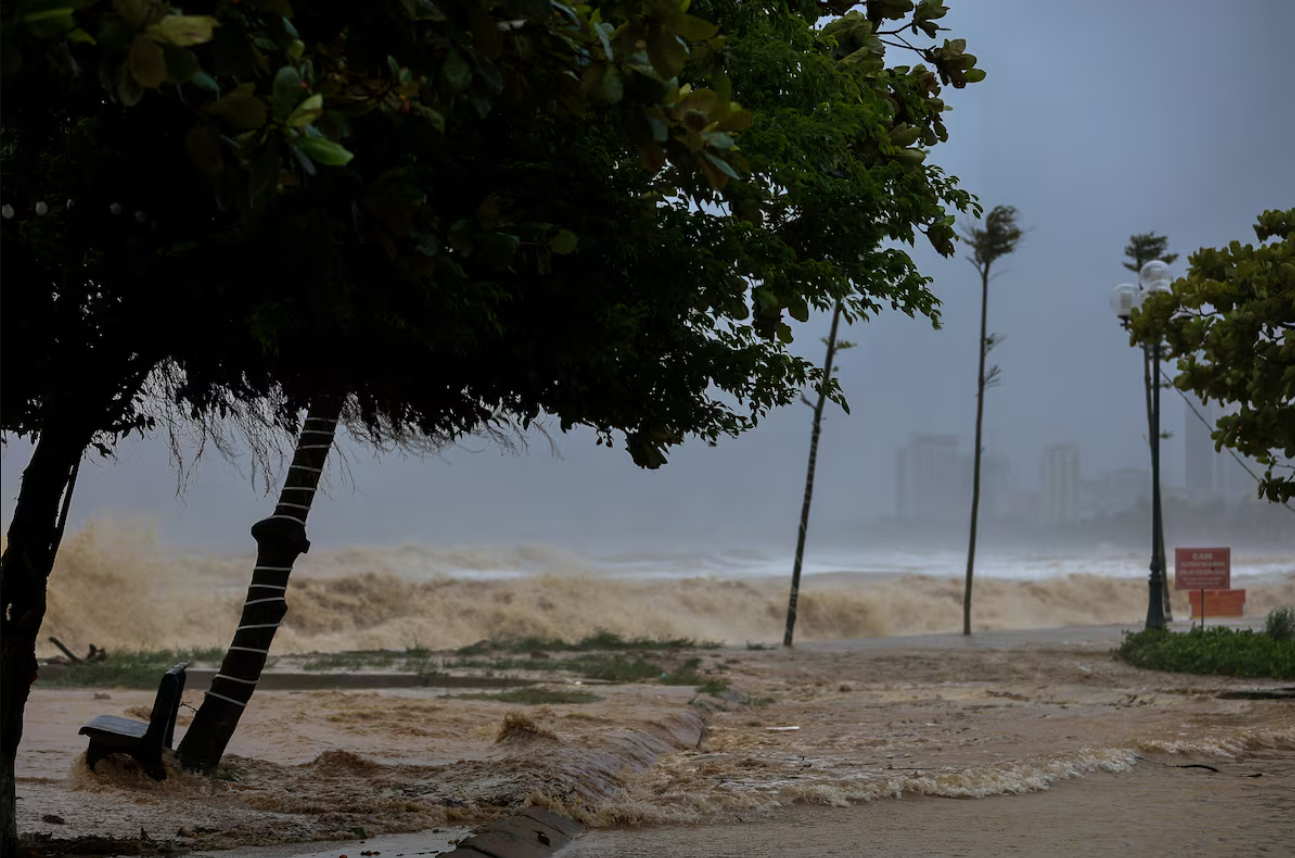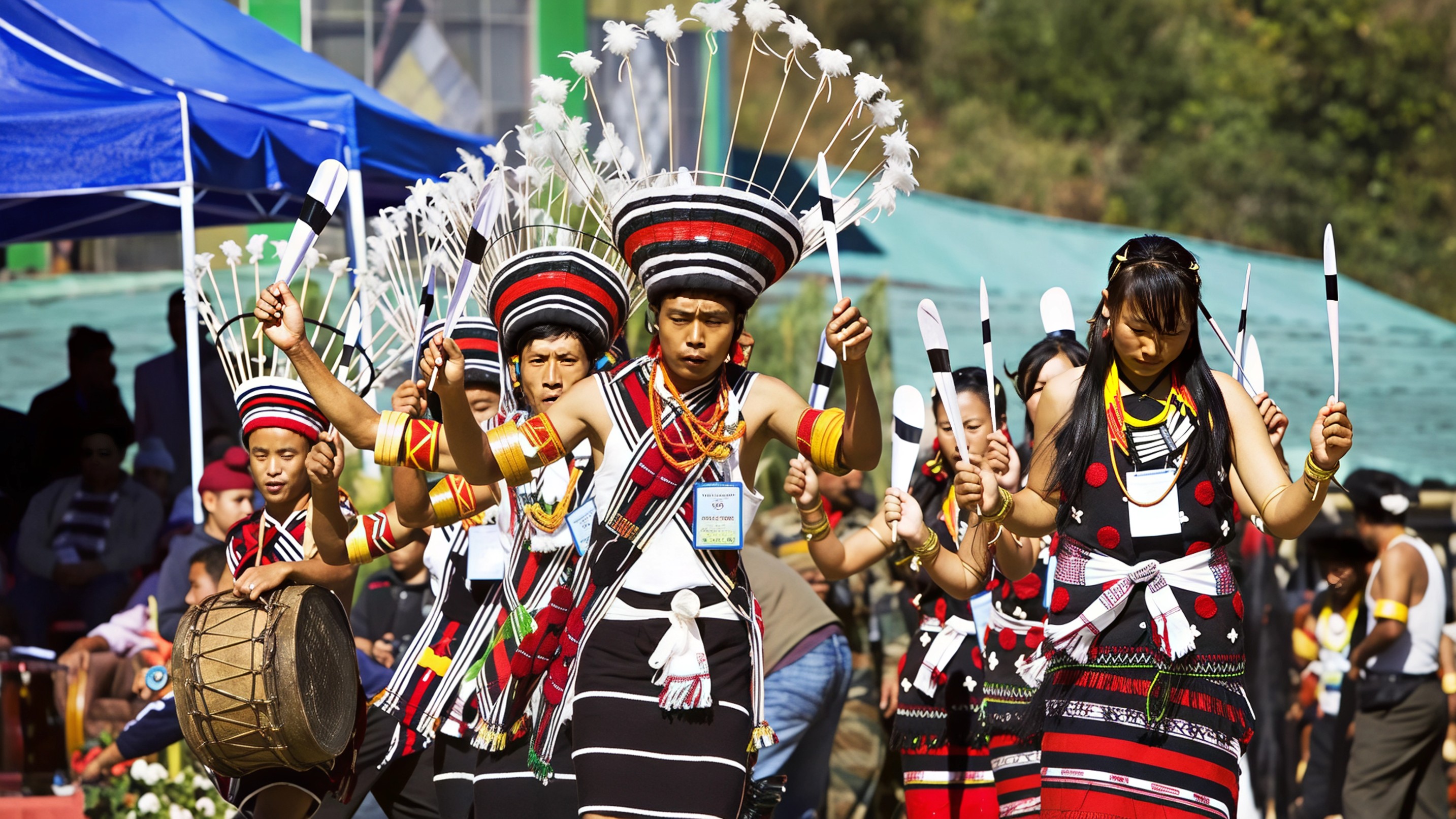Vietnam is on high alert as Typhoon Kajiki barrels toward its central coast, bringing with it the threat of destructive winds, heavy rains, and dangerous flooding. With landfall expected this afternoon, authorities have moved swiftly to minimise the impact, suspending flights, evacuating thousands, and mobilising massive rescue operations.
The Civil Aviation Authority of Vietnam confirmed that airports in Thanh Hóa and Quảng Bình provinces have been shut, while Vietnam Airlines and Vietjet cancelled multiple flights in and out of the affected region. Passengers have been advised to check with airlines for rescheduling options as disruptions are expected to continue.
In preparation, nearly 587,000 residents have been evacuated from coastal and flood-prone areas. More than 300,000 military personnel are on standby, with the Navy, Coast Guard, and Air Force ready for rescue operations. Officials warn that Typhoon Kajiki is packing winds of up to 166 kilometres per hour and could intensify further before making landfall between Thanh Hóa and Nghệ An provinces.

The storm is expected to trigger surges of up to one and a half metres, with sea levels in some areas rising beyond 3.5 metres. Low-lying towns along the northeast and central coast are considered particularly vulnerable. The government has described Kajiki as an extremely dangerous fast-moving storm, drawing comparisons to Typhoon Yagi, which devastated Vietnam less than a year ago and caused massive damage.
Kajiki has already grazed China’s Hainan Island, forcing Sanya City to shut down businesses, suspend public transport, and evacuate around 20,000 residents. Authorities there raised the emergency response to its highest level as the storm moved westward toward Vietnam.

For Vietnam, the priority remains saving lives and minimising losses. Schools have been closed, transport routes are being monitored, and relief camps are being set up across the central provinces. The government has urged residents to follow evacuation orders and avoid unnecessary travel until conditions improve.
Typhoon Kajiki is a stark reminder of Vietnam’s vulnerability to extreme weather, given its long coastline along the South China Sea. Each year, storms leave behind a trail of destruction, but swift evacuations and timely warnings are proving crucial in reducing casualties.
Follow Travel Moves on Instagram and Facebook for more updates on how nations are handling crises, adapting communication strategies, and shaping public response in the face of natural disasters.









